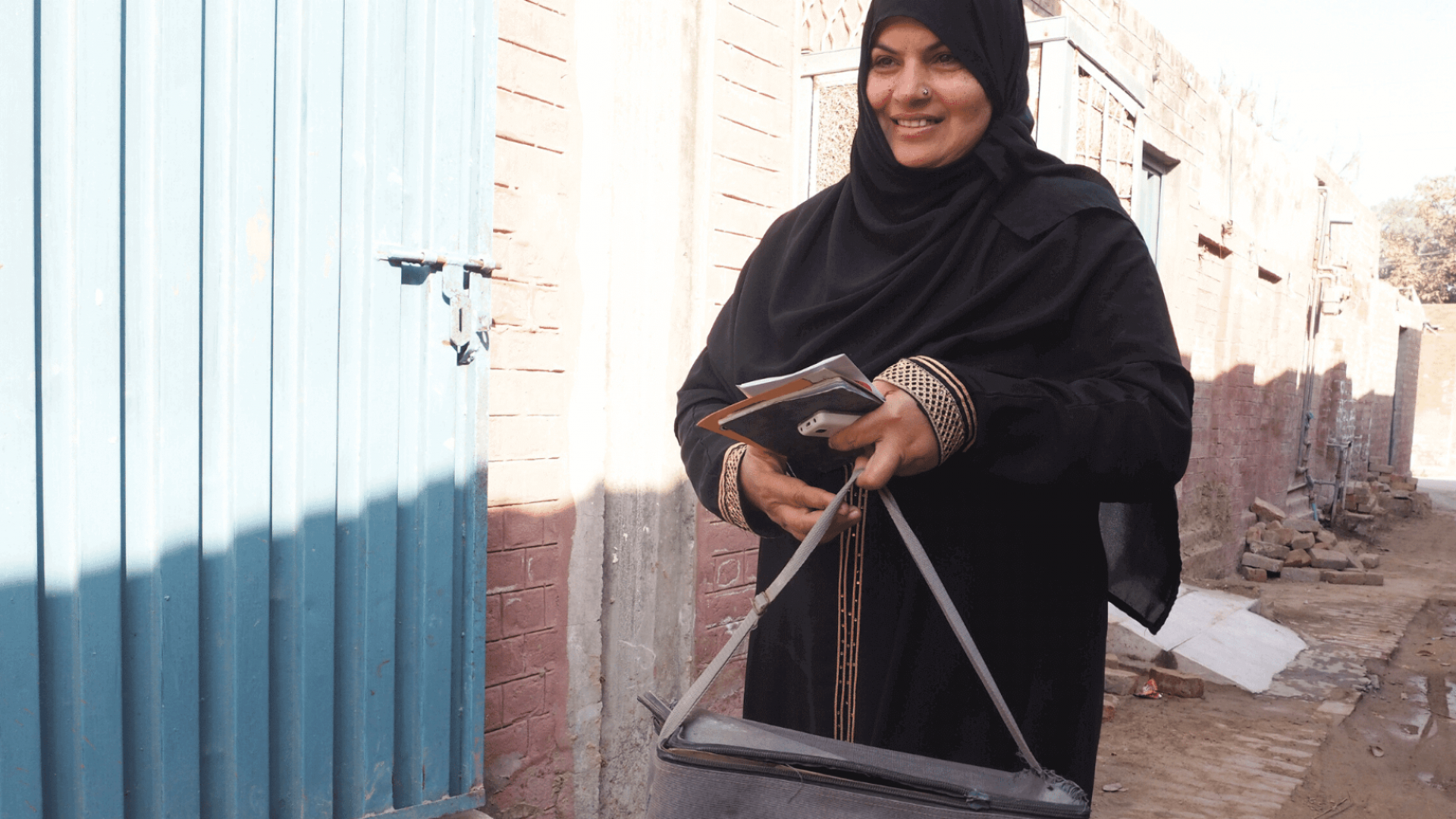1949 to 1978: From Liberation to Opening Up
Major eye problems facing the People’s Republic of China in 1949 included high rates of vitamin A deficiency and the trachoma.1,2 The government tackled these with national campaigns and its new Urban and Rural Medical Security Systems.1,3 Educators targeted severely limited capacity, and the number of ophthalmologists nationwide grew from 100 in 1950 to 1000 a decade later.4 The first successful isolation of Chlamydia trachomatis, the cause of trachoma, occurred in China in 1955, which together with the National Patriotic Health Campaign, helped to spur a decline in national prevalence from 50% to 40% by the early 1960s.5-7
1978 to 1998: 1st Round of Healthcare Reform
The new policies of “Reform and Opening Up” catalyzed a more entrepreneurial approach to healthcare, which drove a further expansion in ophthalmologists to 22,000 by 1998.8 The introduction of new equipment, devices and techniques led to improved diagnosis, treatment and outcomes.9 A limited number of private eye care facilities began to emerge, and ophthalmology departments at many university hospitals were established as independent eye centres.8 In the mid-1980s, the National Committee for the Prevention of Blindness was established, with provincial and city-level offices,9 and cataract was found responsible for half of China’s blindness in the first national survey.10 To boost public understanding of eye health, in 1996 the Ministry of Health designated June 6 as National Eye Care Day.11
1998 to present: National Health Insurance and 2nd Round of Healthcare Reform
The government established three basic medical insurance systems to ensure basic medical security for all, including the New Rural Cooperative Medical Care System in 2003. By 2018, over 95% of the population was covered by national basic insurance.12 In 2009, a new round of medical reform began, aiming to improve equity and accessibility of services. These general reforms were supplemented by eye health campaigns, including the Chinese launch in 1999 of Vision 2020,13 and cataract surgical programmes such as “The Million Poor Cataract Patient” project.2,14 Such campaigns, together with capacity building at China’s 2800 rural county-level hospitals, brought the national Cataract Surgical Rate from 277/million population/year in 1998 to 2205/million population/year in 2018.2,15 The “Sight First China Action” project in collaboration with Lions Clubs International officially verified eradication of trachoma in China in 2014.16,17
Between 1990 and 2015, refractive error became the most common eye disorder in China, and by 2018 the national prevalence of myopia in children and adolescents reached 53.6%.18,19 In view of this health threat, eight ministries under the direction of the Ministry of Education began a comprehensive national plan of management for children’s myopia in August 2018.
With changes in lifestyle, diabetic retinopathy has become a major cause of vision impairment. Given that 87% of diabetic retinopathy patients are treated at county or lower level facilities, protocols and guidelines for diagnosis, treatment and referral at this level have been issued.20,21 In addition to the government-led efforts, non-governmental organizations have also played an important role in eye health promotion in China, such as the Lions Clubs International, Lifeline Express, ORBIS International and The Fred Hollows Foundation. Thanks to these combined efforts, the prevalence of blindness and vision impairment among those aged ≥ 50 years fell by 27% and 16% respectively in the decade between 2006 and 2014.22
- Wang H. [Great Achievements in Health]. Philatelie Panorama 2014; (10): 38-9.
- Zhao J. [Review and outlook of the eye health in China]. Zhonghua Yan Ke Za Zhi 2018; 54(8): 561-4.
- Weng N. SM. [Changes of China’s Rural Medical Security System]. Environment and Society 2020; (1): 53-5.
- Zhao K, Yang P. [Ophthalmology]. Beijing: People’s Medical Publishing House; 2008.
- Zhang X, Zhang E. [Research And Control of Trachoma in China]. Chinese Science Bulletin 1965; 10(1): 47-55.
- Jin X. [Progress in Chlamydia Trachomatis Research]. Ophthalmology in China 2006; 15(3): 145-50.
- Wang N, Deng S, Tian L. A review of trachoma history in China: research, prevention, and control. Science China Life Sciences 2016; 59(6): 541-7.
- Zhao J. [Development Trend of Ophthalmic Medical Institutions in China]. Chinese Journal of Ophthalmology 2003; 39(5): 260-1.
- Li M. [Progress of ophthalmology in China in the past 50 years]. Chinese Journal of Ophthalmology 2000; 36(3): 165-70.
- Zhang S. [50 Years of Ophthalmology in New China]. Chinese Journal of Ophthalmology 1999; 35(5).
- [Notice on Carrying out Publicity And Education Activities on “National Eye Care Day”]. 1996.
- Administration NHS. [Statistical Bulletin on National Basic Medical Security Development in 2018]. 2019. http://www.nhsa.gov.cn/art/2019/6/30/art_7_1477.html (accessed March 21 2020).
- Zhao J. [Vision 2020 And Blindness Prevention And Treatment in China]. Chinese Journal of Ophthalmology 2002; 38(10): 577-9.
- He X, Zhang, R., Li, Y., Hu, X. [Review And Future Direction of Eliminating Cataract Blindness in China]. Chinese Journal of Ophthalmology 2018; 98(22): 1731-3.
- Guan H. [Present Status and Development of Prevention of Blindness and Ophthalmic Epidemiologic Studies in China]. Chinese Journal of Ophthalmology 2010; 46(10): 938–43.
- Wang N, Hu, A. [Enlightenment and thinking of blinding trachoma elimination in China]. Chinese Journal of Ophthalmology 2015; 51(7): 484-6.
- Zhao J, Mariotti SP, Resnikoff S, et al. Assessment of trachoma in suspected endemic areas within 16 provinces in mainland China. PLoS Negl Trop Dis 2019; 13(1): e0007130.
- Bai J. [China Will Carry Out Targeted Myopia Interventions]. 2018. http://www.gov.cn/xinwen/2019-04/30/content_5387714.htm (accessed March 21 2020).
- Wang B, Congdon N, Bourne R, et al. Burden of vision loss associated with eye disease in China 1990-2020: findings from the Global Burden of Disease Study 2015. Br J Ophthalmol 2018; 102(2): 220-4.
- Society RCoCD. [Expert Consensus on Prevention And Treatment of Diabetic Retinopathy]. Chinese Journal of Diabetes Mellitus 2018; 10(4): 241-7.
- Blindness NCftPo. [Guidelines for the Prevention and Treatment of Diabetic Retinopathy in China (for Primary Medical Institutions)]. Beijing: People’s Medical Publishing House; 2017.
- Zhao J, Xu X, Ellwein LB, et al. Causes of Visual Impairment and Blindness in the 2006 and 2014 Nine-Province Surveys in Rural China. Am J Ophthalmol 2019; 197: 80-7.

